iPhone 16 — 5 reasons to buy and 3 reasons to skip
Should the iPhone 16 be your next phone? Here are the pros and cons
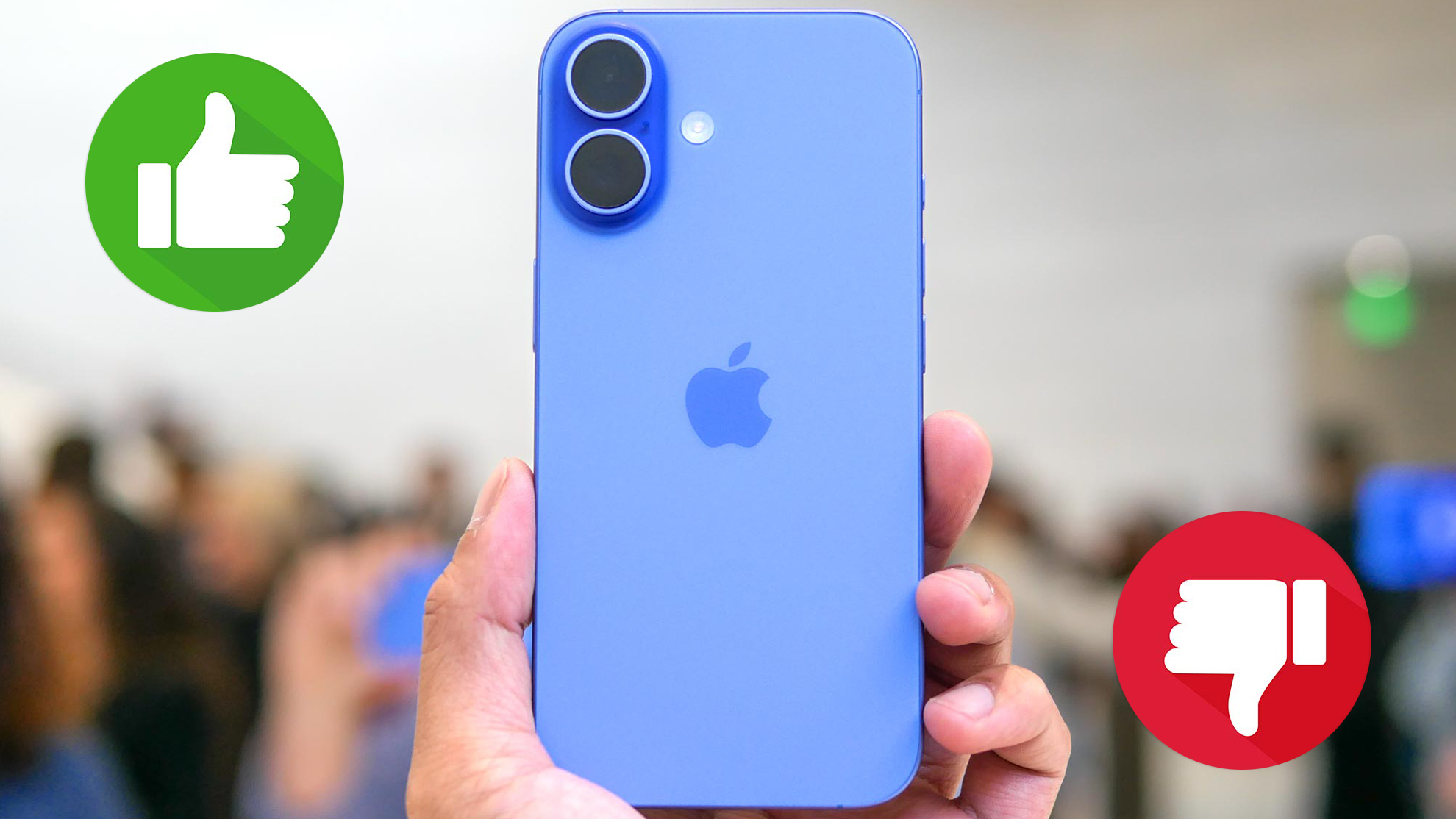
The iPhone 16 may not have a new display size, a big jump in megapixels for one of its cameras or some of the other headline-grabbing changes that Apple made to the iPhone 16 Pro. But that doesn't mean it's not a significant update.
Apple's entry level flagship makes some intriguing design tweaks, while marking an end to the company's dubious policy of using year-old silicon in its less expensive flagship models. And it introduces all these changes without any hike in price, a rarity among major handsets these days.
There are some missing features with the iPhone 16 to be sure. And we may discover more about the phone as we get a chance to put it through more rigorous tests. (You can get our first impressions of the device by reading our initial iPhone 16 hands-on.) But at first glance, we can see plenty of reasons to buy the this new phone once iPhone 16 pre-orders get started this Friday (September 13). And we can also point out a few reasons why you might want to turn to a different phone from Apple.
iPhone 16: Reasons to buy
A big leap forward for the chipset
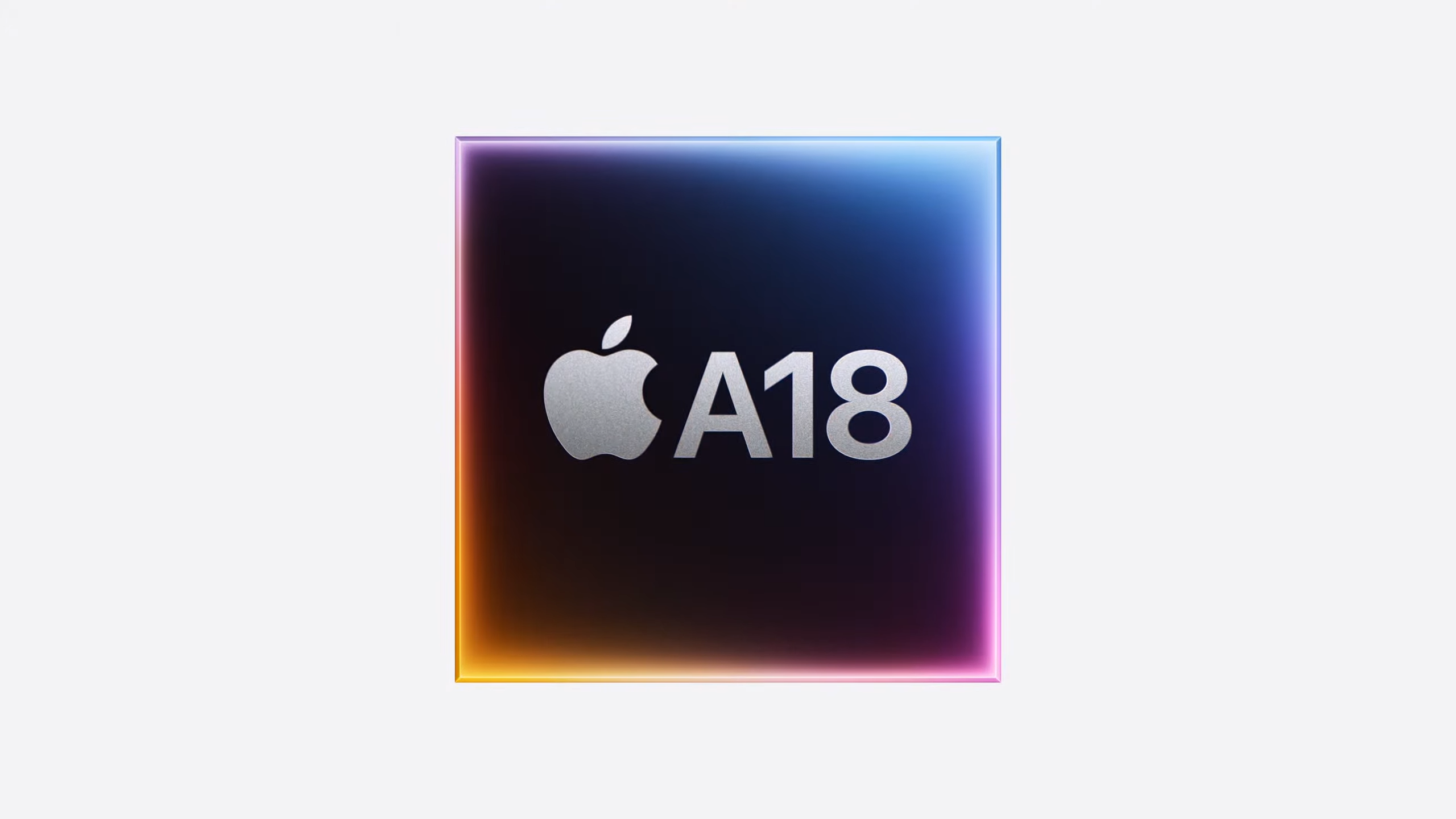
Last year's iPhone 15 featured an A16 Bionic system-on-chip that had actually made its debut a year earlier in the iPhone 14 Pro models. The iPhone 16 doesn't have to make do with a hand-me-down — instead, it's using new A18 silicon that's two generations ahead of the chipset in its immediate predecessor.
That's going to translate to performance gains for the iPhone 16. Apple says the A18's CPU is 30% faster than what you got with the A16 Bionic, while the GPU is 40%. You also get better power efficiency, with the A18 using less energy to deliver the same performance. And that's before we even consider the more powerful neural engine in the A18 that's perfectly capable of handling all those Apple Intelligence features on device.
Yes, the A18 Pro in the iPhone 16 Pro is a step up, thanks to an extra core in the GPU. But the important thing is that there's some level of parity between iPhone 16 models. The standard iPhone doesn't feel like an afterthought the way it has the past two years.
The Camera Control button looks helpful
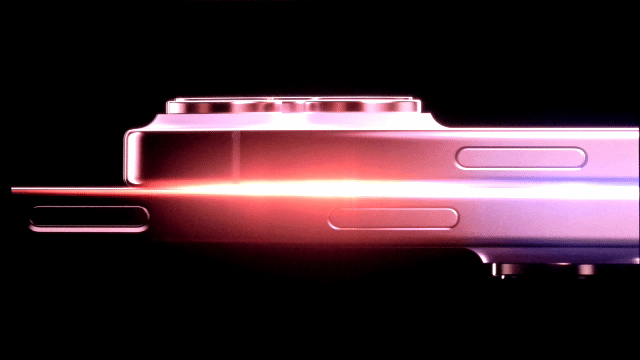
Not long ago, it seemed like Apple was determined to remove all the buttons it could from its devices. Now, it can't seem to stop adding them. The iPhone 16 picks up two new buttons — the Action button from last year's iPhone 15 Pro models and a Camera Control button that's appearing across the four new iPhones.
It's the Camera Control button that seems especially promising. You get the features you'd expect from such a button — one press launches the Camera app, another press snaps the photo and a press and hold captures video. But there's more to it than just those simple controls. You can also swipe Camera Control to zoom in on a subject or cycle through photographic styles. It sounds like a really clever implementations that gives you a quicker way to operate the camera if you don't care to fool around with on-screen controls.
My colleague Mark Spoonauer found Camera Control to be a little finicky, though his time testing out the feature has been limited. It could well be that Camera Control becomes easier to use the more chance you have to explore it.
A cheaper way to experience Apple Intelligence
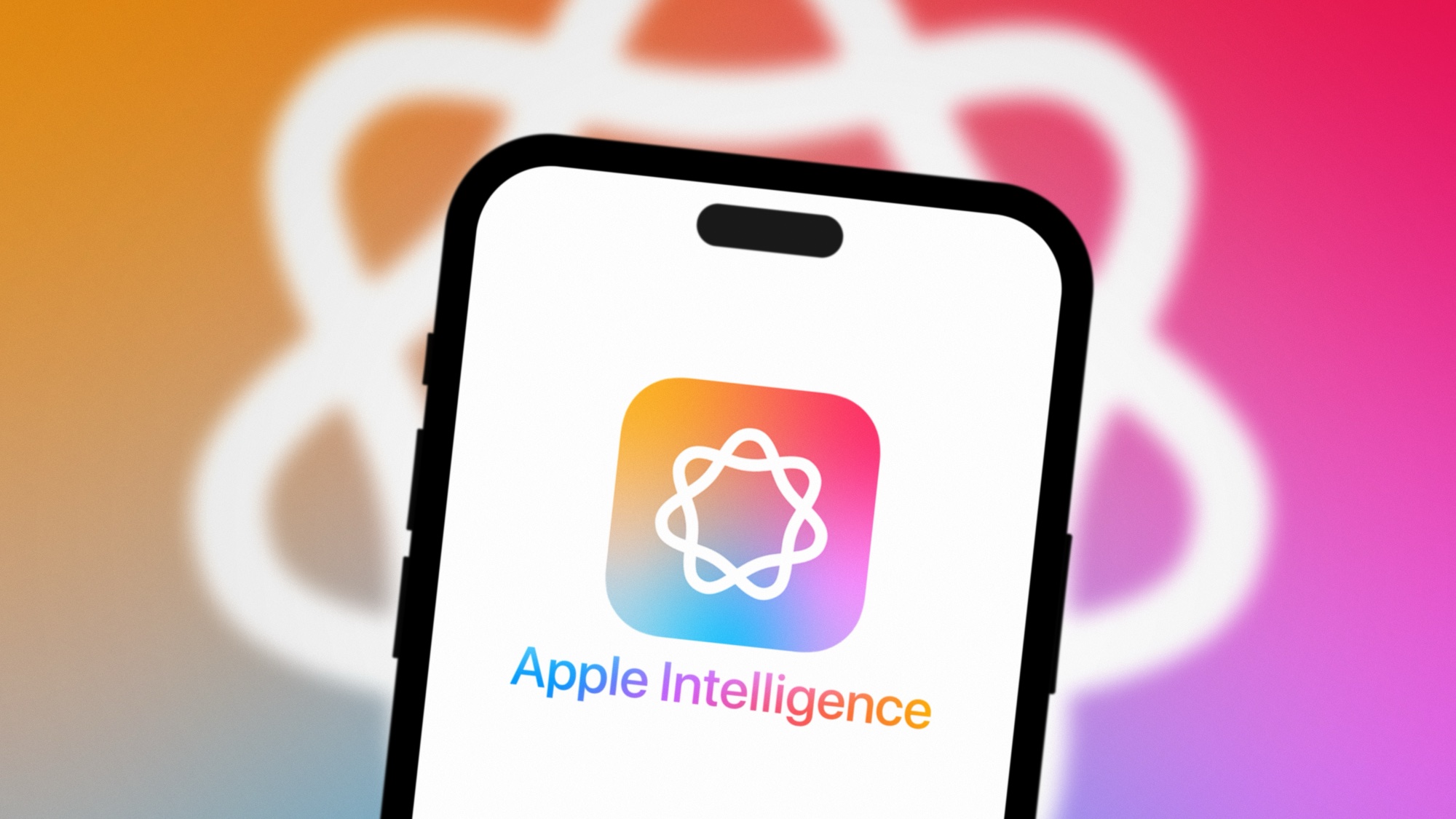
Because of that A18 chipset we mentioned above — and what we presume to be a lot of RAM packed into Apple's new phones — the iPhone 16 should prove to be just as capable running new Apple Intelligence features as the latest Pro models. That means you can still get the writing tools, smart summaries and enhanced Siri that iPhone 16 Pro owners will benefit from while spending $200 less on your phone.
We should point out here that the iPhone 16 costs the same $799 that Apple charged for the iPhone 15 back when that phone arrived a year ago. It's rare for a phone maker to hold the line on prices these days — just ask Google about its Pixel 9's cost — so Apple deserves credit for keeping the price of getting access to Apple Intelligence relatively affordable.
A better ultrawide camera
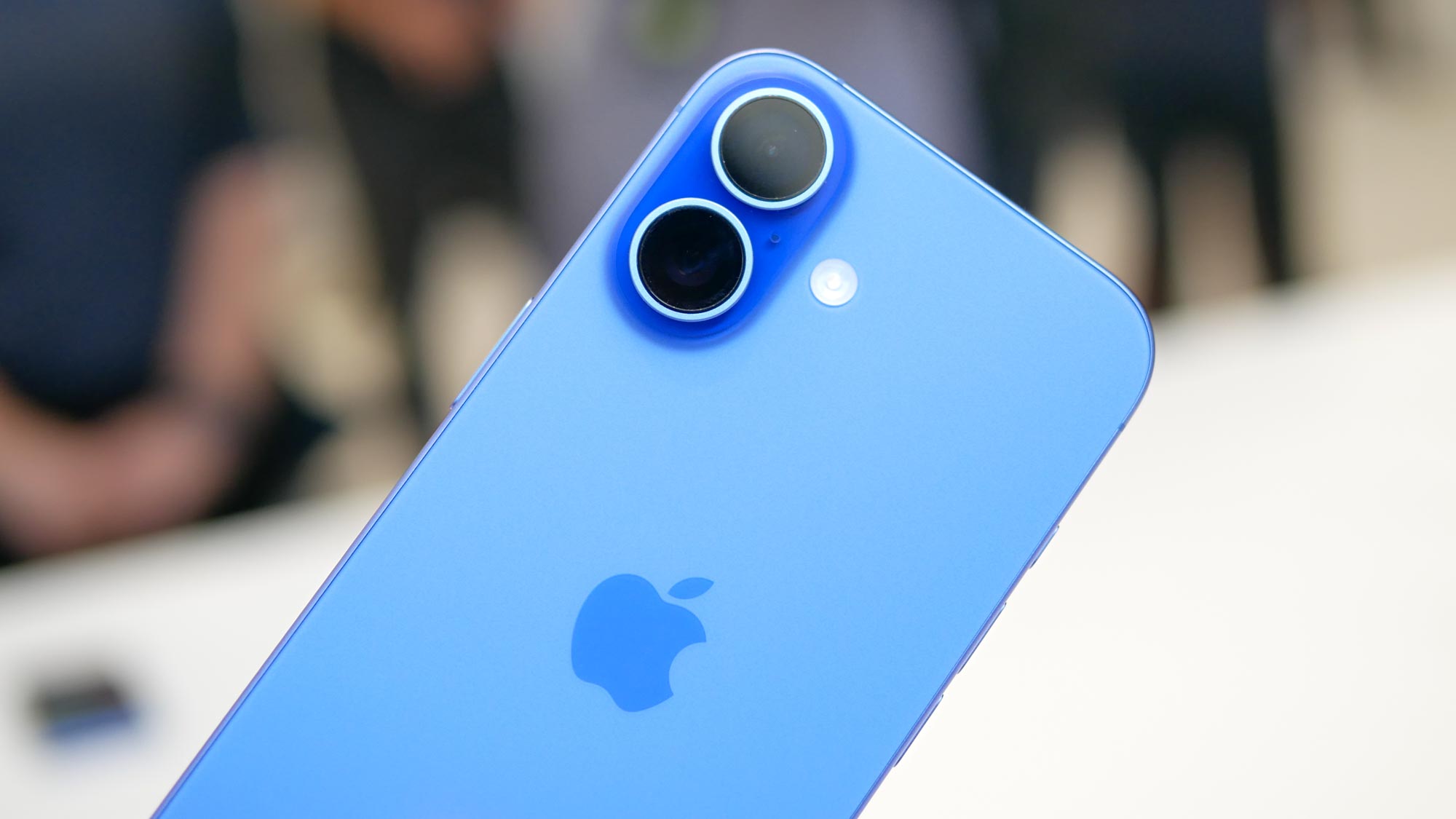
Camera hardware changes on the iPhone 16 and iPhone 16 Plus are really few and far between, especially when you consider the improvements to the Pro lineup. (That includes a faster main camera sensor, 48MP ultrawide lens and — in the case of the smaller Pro model — an improved telephoto camera design with longer zoom.) But there's some welcome changes, particularly to the iPhone 16's ultrawide lens.
Unlike the iPhone 16 Pro, the iPhone is sticking with a 12MP sensor for its ultrawide camera. But the sensor itself is larger, allowing it to collect 2.6x more light than before for sharper images. Apple added autofocus to the ultrawide camera, too, so the iPhone 16 can now take macro shots with that camera.
It's certainly not a major overhaul, but it does make the iPhone 16's camera setup more flexible than previous models. And we're betting it translates to better quality shots when we get a chance to put the camera to the test.
More colorful models
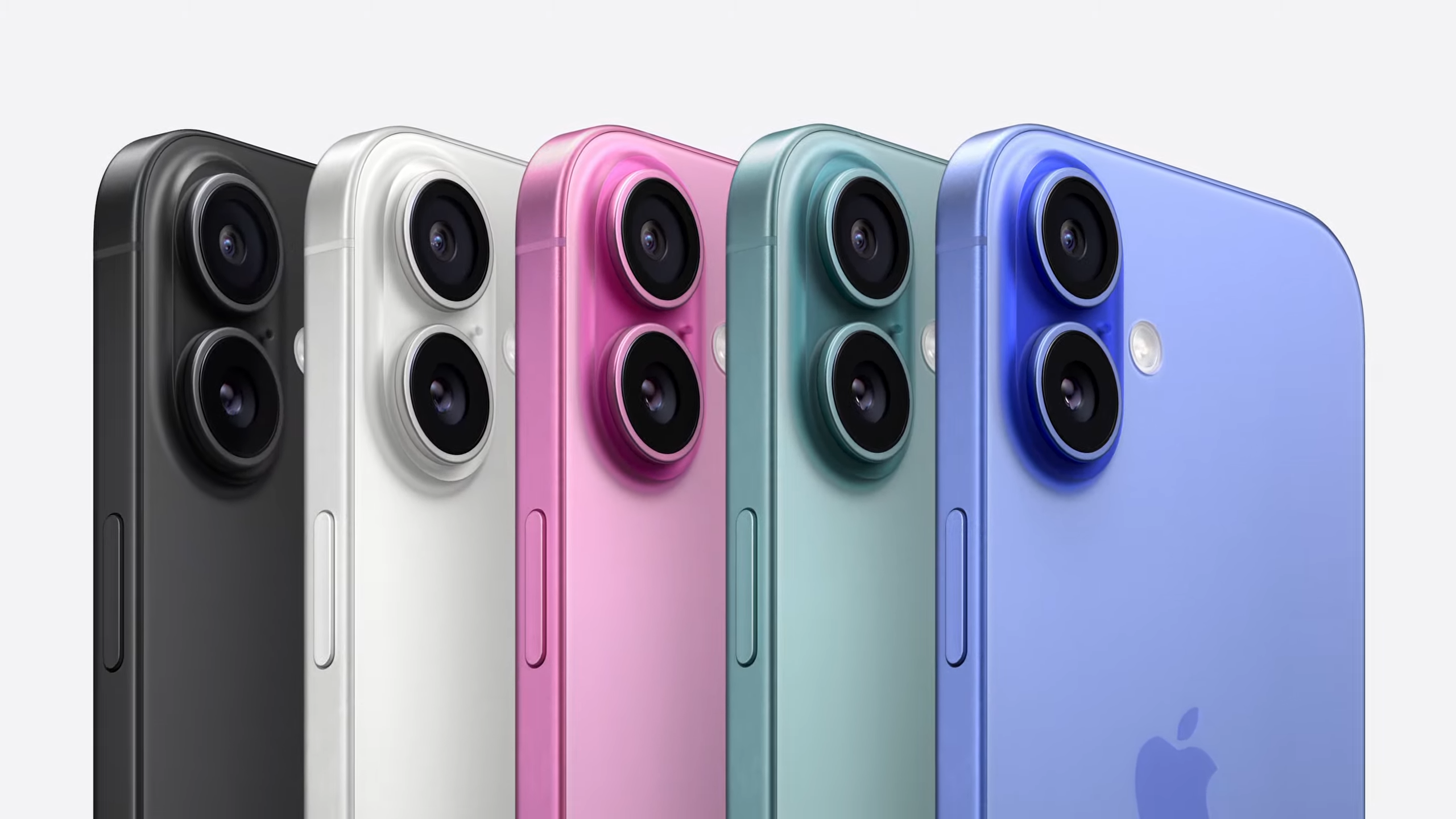
Everyone has different tastes, but I've found Apple's recent color choices for its standard iPhones to be a little too muted. That's particularly true of the iPhone 15, where the blue color option is so pale, it's easy to confuse with white.
Someone at Apple must have realized that the less-expensive iPhone flagships need a bit more splash of color to them, because I've been pretty impressed with the look and finish of the iPhone 16 models I've seen.
While the white and black colors on the iPhone 16 are fairly workmanlike, the remaining colors — pink, teal, and especially ultramarine all catch the eye. They make the iPhone 16 look fun, and isn't that part of the appeal of Apple's products?
Reasons to skip the iPhone 16
60Hz refresh rate remains
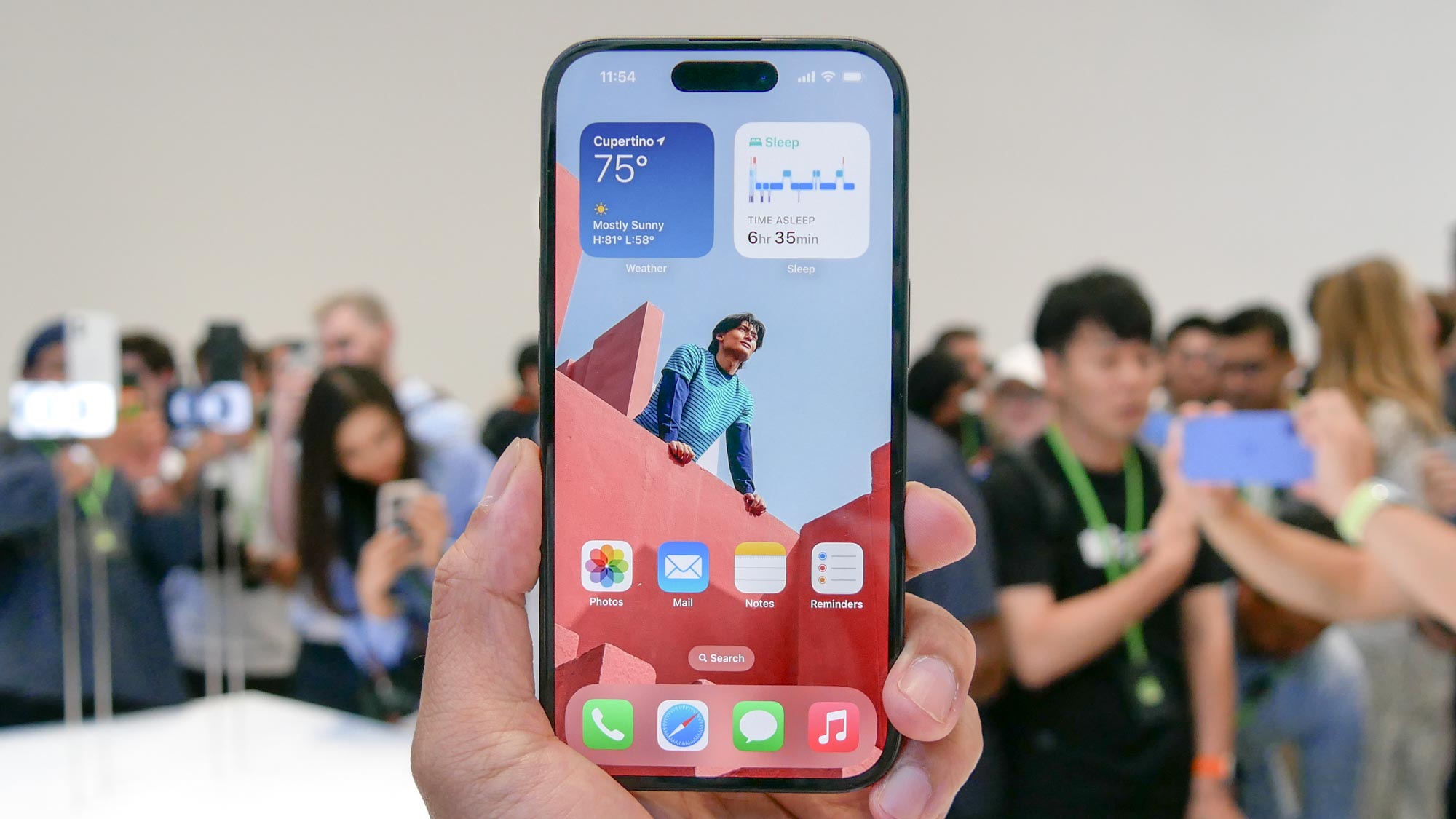
Apple remains an outlier among major phone makers who've long since equipped their top phones with fast-refreshing displays. A higher refresh rate leads for smoother scrolling and more immersive graphics, and at this point, it's just about the default standard for flagship phones.
But not so far as Apple is concerned. The iPhone 16 and iPhone 16 Plus remain stuck at 60Hz.
Apple might argue that it's not that big a deal, and that people who really want a fast refreshing display can always just go with the iPhone 16 Pro for a mere $200 more. I suppose there's something to that argument, though it becomes less convincing considering that I can go out a pick up a Pixel 8a for less than $500 and I'd have a phone a 120Hz display.
Apple's supposedly correcting this shortcoming next year with the iPhone 17, where there are enough LTPO panels on hand to support fast-refreshing screens for all of the new iPhones. But that's small consolation if you want to upgrade to the latest entry-level iPhone right now.
No change in brightness
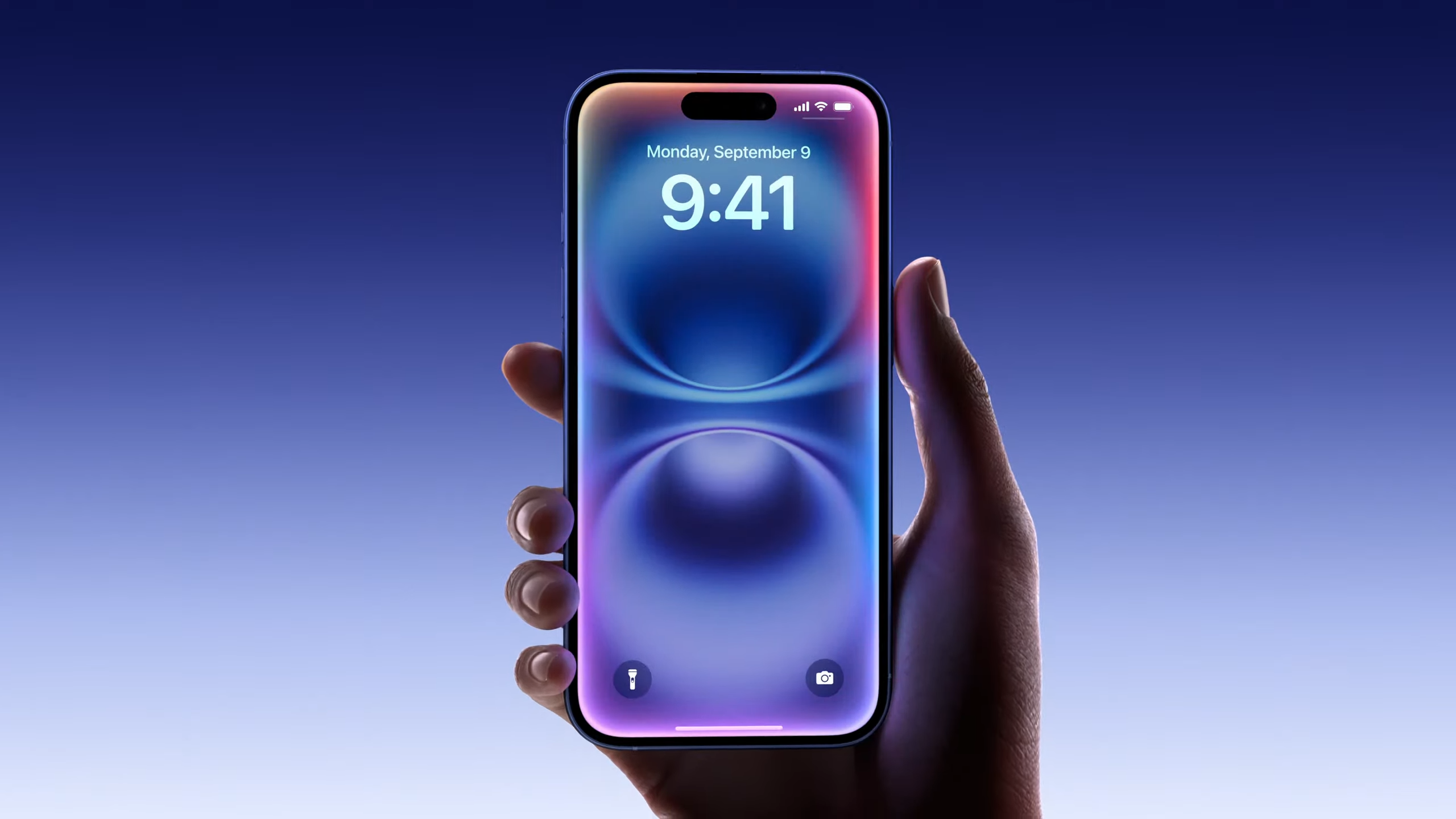
While we're criticizing the iPhone 16's display, we should note that it doesn't feature any notable improvements over the iPhone 15. Specifically, the panel has the same 2,000-nit peak brightness rating as its predecessor.
That's not a bad number by any means. And the iPhone 15 proved to be quite bright in our testing, hitting 1,401 nits on a light meter. Should the iPhone 16 match that, its 6.1-inch panel should be very easy to see in direct sunlight.
The trouble with the iPhone not making any changes, though, is that its competitors have. Samsung boosted the brightness on the Galaxy S24, and that device edged ahead of the iPhone 15 in terms of brightness. The Google Pixel 9 blows both of those phones away, as we measured a peak of 1,769 nits on its 6.3-inch display. Can the iPhone 16 match that? It doesn't seem very likely.
Apple Intelligence remains a work in progress
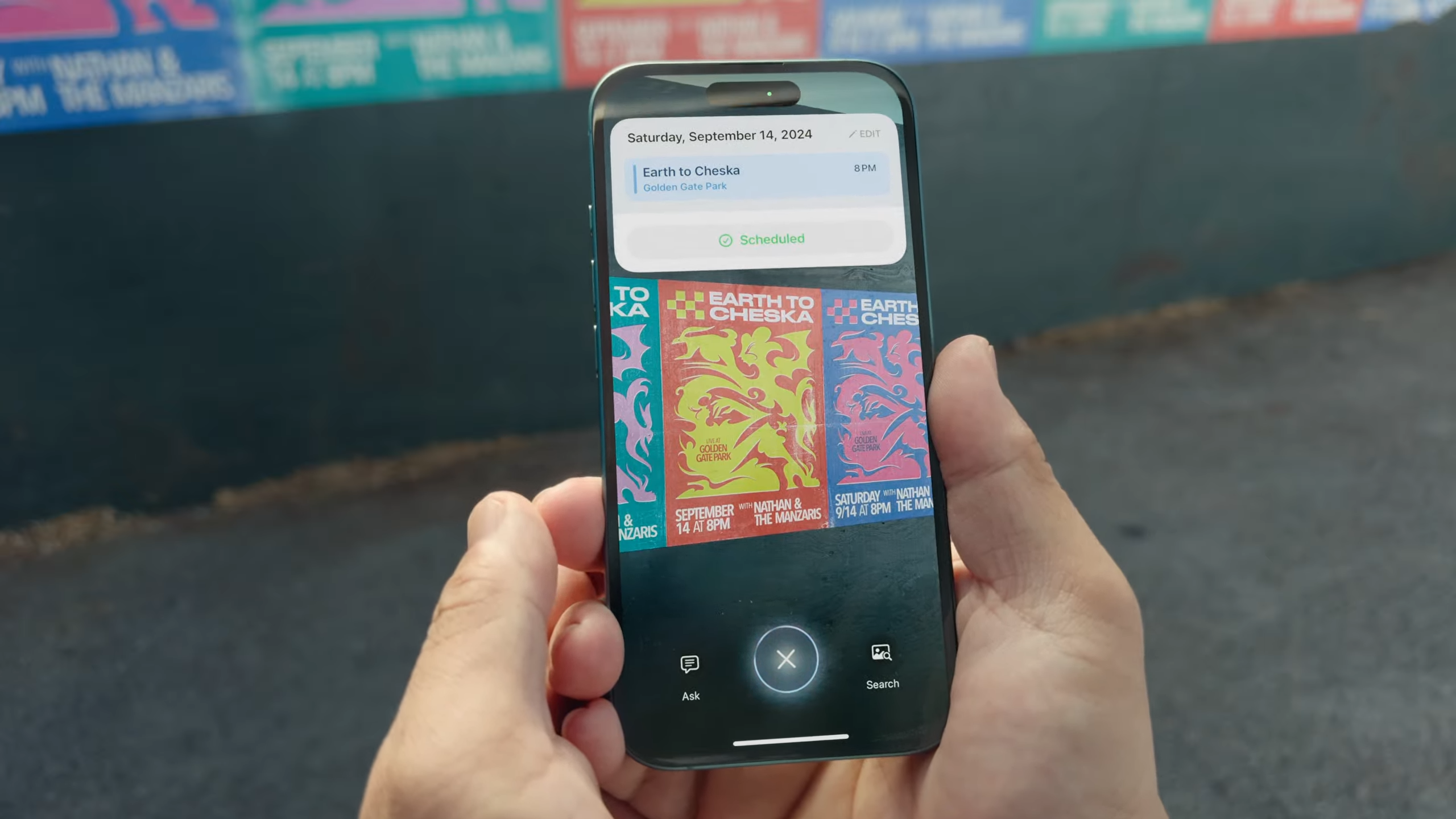
As intriguing as some Apple Intelligence features sound — and we've been impressed in our time with things like Photos Clean Up and some of the writing tools — there's still a lot of work to be done on Apple's end. Apple Intelligence won't even be active should you get your hands on an iPhone 16 right away. The features won't appear until October, and then, only as a beta.
Apple is to be commended for trying to make up for lost time with its push into AI features that are already firmly in place on Google's flagship phones. But the early parts of any journey can sometimes hit a few bumps in the road, and slapping a beta label on Apple Intelligence features suggests that Apple is being careful not to oversell things.
If the main reason you're considering an iPhone 16 upgrade is because of Apple Intelligence, you need to bear all that in mind and act accordingly. No one would blame you if you wait to see if the AI features are worth the hype.
iPhone 16 outlook
The iPhone 16 doesn't introduce dramatic changes to Apple's phone lineup, even if the enhancements it does offer seem well-thought-out. Anyone who decides to upgrade to the new model is going to get a top-performing phone with a better camera setup. We're confident in that before we even get a chance to finish our iPhone 16 testing.
But Apple Intelligence remains the wildcard. Early previews of the features have been encouraging, but the key word in that description is "early." If you want your AI-powered capabilities to come with a bit more polish, you may not want to rush into an iPhone 16 upgrade — at least not until the Apple Intelligence update arrives.
More from Tom's Guide
Sign up to get the BEST of Tom's Guide direct to your inbox.
Get instant access to breaking news, the hottest reviews, great deals and helpful tips.
Philip Michaels is a Managing Editor at Tom's Guide. He's been covering personal technology since 1999 and was in the building when Steve Jobs showed off the iPhone for the first time. He's been evaluating smartphones since that first iPhone debuted in 2007, and he's been following phone carriers and smartphone plans since 2015. He has strong opinions about Apple, the Oakland Athletics, old movies and proper butchery techniques. Follow him at @PhilipMichaels.

